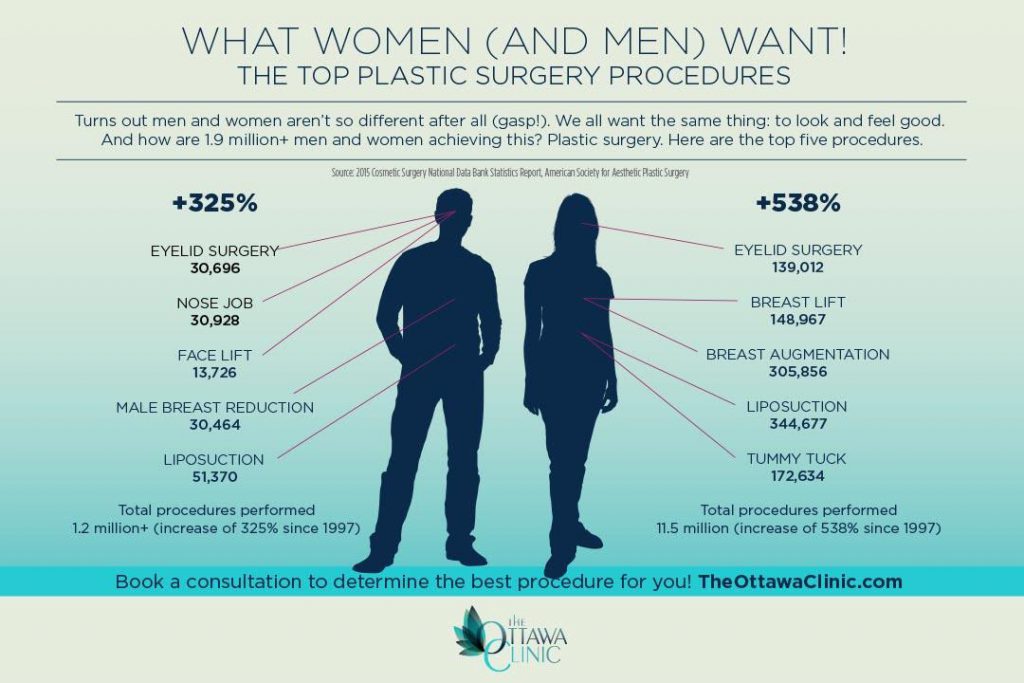Hormonal acne is characterized by clogged up pores and oily skin that normally appears on the chin and jawline. It takes place when hormonal modifications trigger swelling and bacterial overgrowth within hair roots.
Breakouts might look like whiteheads, blackheads, papules or pustules and cysts or blemishes in much more severe instances. It is a lot more typical in teenagers experiencing puberty but can influence adults of any age.
What Creates Hormonal Acne?
While acne can be triggered by a variety of variables, consisting of utilizing hair and skin care items that aren't oil-free or made with active ingredients that might clog pores, hereditary tendency, diet,2 and stress and anxiety, the source is fluctuating hormonal agents. Hormonal acne takes place when the body experiences hormone changes and variations that result in an overproduction of sebum, which creates inflammation, raised development of bacteria and adjustments in skin cell task.
Hormonal acne is often located on the lower jawline, cheeks and neck but can show up anywhere on the body. It is characterized by acnes that are cystic, agonizing and full of pus or other material. It is also more probable to take place in ladies than men, specifically throughout adolescence, the menstrual cycle, pregnancy or menopause.
Age
While numerous kids experience acne at some time during puberty, it can remain to afflict grownups well into the adult years. Referred to as hormonal acne, this kind of breakout is linked to changes in hormonal agents and is commonly most typical in women.
Hormone acne takes place when oil glands create excessive sebum, which obstructs pores and catches dead skin cells. This leads to the development of blemishes, such as whiteheads, blackheads and papules, pustules, cysts or blemishes, deep under the surface.
This kind of blemish usually triggers discomfort, inflammation and swelling. It might also be intermittent and appear around the exact same time every month, such as right before your period begins. This is since levels of women hormonal agents like progesterone and oestrogen rise and fall with each menstrual cycle.
Menstruation
Hormonal acne normally appears in the reduced part of your face, along the jawline and cheeks, as whiteheads, blackheads or inflammatory acnes (pimples and cysts). It's probably to appear around the moment when your menstrual cycle adjustments.
Especially around ovulation, when estrogen and progesterone degrees are on the increase, hormonal agent fluctuations can trigger outbreaks. But it's likewise possible to get acne at any kind of point throughout your 28-day menstrual cycle.
If you discover that your hormonal acne flares up right before your duration, attempt discovering when precisely this takes place and see if it relates to the phases of your 28-day menstruation. This will certainly help you pinpoint the source of your skin problems. For example, you may wish to work with balancing your blood sugar level and cutting out high-sugar foods, or take into consideration a prescription drug like spironolactone that can regulate your hormones.
Maternity
Expanding a child is a time of significant hormonal changes. For numerous ladies, this consists of a flare-up of hormone acne. This sort of breakout normally starts in the initial trimester, around week six. It's caused by hormone surges that boost sweat glands to make even more oil, which can obstruct pores and cause more germs to accumulate.
Outbreaks might also occur as a result of pre-existing conditions like polycystic ovary syndrome, which can likewise be a problem while pregnant and menopause. Additionally, some sorts of contraceptive pill (such as Ortho Tri-Cyclen and click here YAZ) can cause hormone acne in some females.
Thankfully, many acne treatments are "no-go" for pregnant ladies (including prominent acne-fighting components such as isotretinoin and spironolactone). Yet if you can not stay clear of those bothersome bumps, your medical professional may recommend dental erythromycin or cephalexin, which are risk-free while pregnant.
Menopause
As ladies come close to menopause, the estrogen degrees that triggered their hormone acne to flare up during puberty begin to stabilize and reduce. At the same time, nevertheless, a spike in androgens (additionally called male hormonal agents) takes place due to the fact that these hormones can't be converted into estrogen as efficiently as previously.
The extra of androgens can activate oil manufacturing by the sweat glands, which obstructs pores. When the clogged up pores come to be swollen and irritated, a pimple forms.
Hormonal acne is generally seen on the face, particularly around the chin and jawline, but it can occur on the neck, back, shoulders, or chest. This type of acne tends to flare up in a cyclical pattern, similar to the menstrual cycle. Stress, which increases cortisol and tosses hormonal agents out of equilibrium, additionally adds to the outbreaks.
